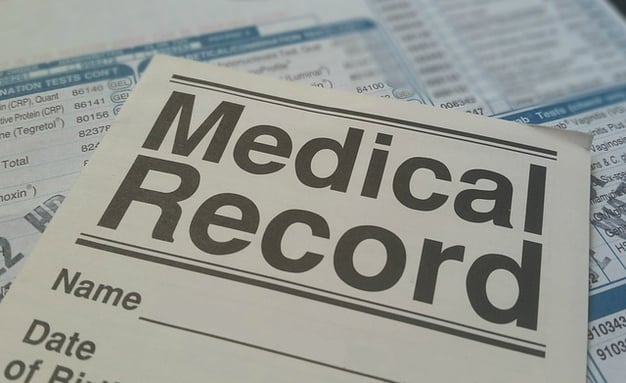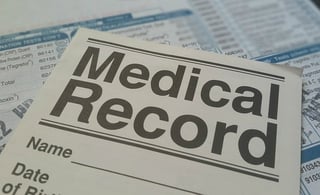How to Prepare Your Practice for Medical Records Scanning
Thu, Dec 03, 2015
By: Jim Beran

 If you’re part of a busy medical practice, handling sensitive paper records can be a time-consuming and arduous aspect of the job. Because there's so much paperwork required for every part of the business, from insurance documents, to patient files, to prescription records, to invoicing, and more, keeping up with it all can be a full-time job in and of itself.
If you’re part of a busy medical practice, handling sensitive paper records can be a time-consuming and arduous aspect of the job. Because there's so much paperwork required for every part of the business, from insurance documents, to patient files, to prescription records, to invoicing, and more, keeping up with it all can be a full-time job in and of itself.
Many medical practices have discovered the value of offsite document storage to help ease some of the overwhelming volume of paper the practice generates over the years. This is especially beneficial for older records that are no longer needed at your fingertips, but that you need to keep on file to comply with regulations.
But what if the records you still need ready access to are becoming overwhelming to mange? Is there any way to take advantage of the benefits of document storage but still be able to retrieve what you need at a moment’s notice? There is, and it’s as simple as a tap of the mouse.
What is document conversion and cloud document storage all about?
Document conversion services allow you to drop off or send your paper records to a secure records management facility like you normally would for long-term archiving. However, before being placed in storage, your records management company digitally scans every page and tags it to make its contents searchable and retrievable electronically.
Then, if you ever need to access a record that’s been scanned, you can simply log into a secure web portal, search for the record, and pull up a digital copy instantly. No need to wait for the paper copy to be delivered back to you, and no need to waste valuable office space keeping thousands of paper records on hand at all times.
So how do you get started?
Although document imaging services are fairly simple and straightforward, they can require time upfront to get organized and begin the process. So, to get started and make things run as efficiently as possible, we recommend you prepare by doing the following three things:
- Eliminate unnecessary records. If your paper records are more than a few months old, there are likely pieces of paper included in the files that are truly unnecessary at this point. If they are not required for regulatory purposes and you will never need to refer to them again, dispose of them before having them digitized. This will save both time and money as you begin converting files.
- Decide on an indexing system. To make retrieval of your records fast and efficient, consider which data points on each page you will need to be able to search. For instance, patient name, date of birth, date of last visit, diagnosis code, or whatever method is going to make it easiest for you to find what you need once the records are digitized and indexed.
- (Optional) Prepare the records physically for scanning. This step is optional, as our document management company can prepare your records for scanning. But, if you go through documents, removing staples, paper clips, sticky notes, and ensuring everything is in the order you wish to see it scanned, it can lower the overall cost of the conversion services and ensure you have the best version of the record you need.
For more information on the benefits of offsite document storage and medical records scanning for your practice, contact us below and learn if your medical practice is losing valuable space to in-house records storage.
